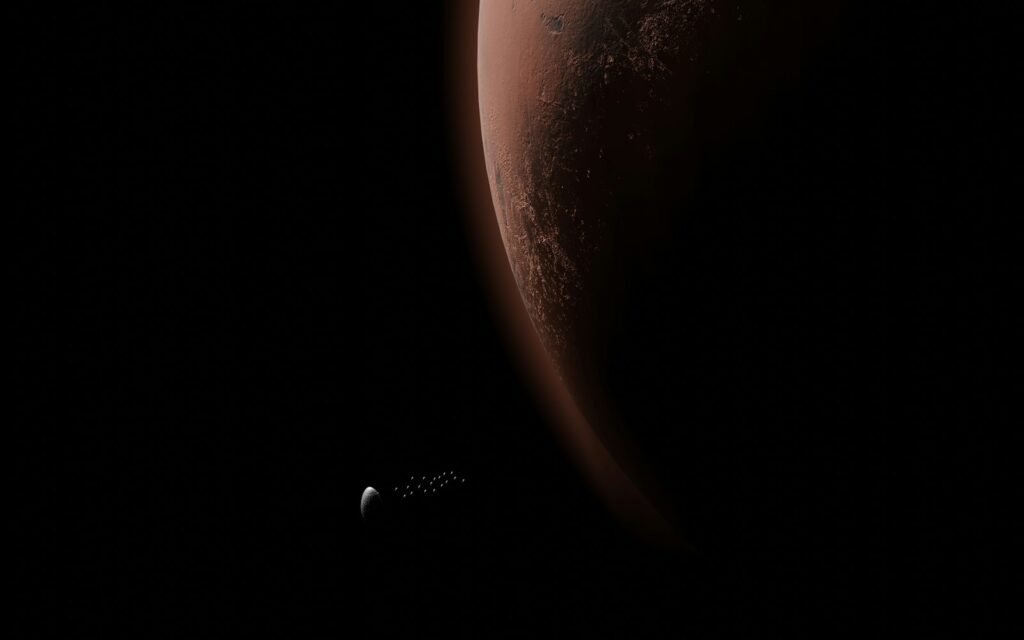Two worlds share one cosmic stage: one blue and breathing, the other copper and cryptic. Earth’s sky feels familiar – wet, windy, oxygen-rich – while Titan’s is a slow-motion laboratory where sunlight drips through haze and methane stands in for water. The mystery isn’t just how different these atmospheres are, but why they arrived at such divergent answers to the same planetary questions. Over the past few decades, orbiters and a daring probe have peeled back Titan’s veil, challenging our ideas about weather, climate, and even the chemistry that precedes life. As new missions prepare to lift off, the comparison between Titan and Earth is shifting from curiosity to a powerful mirror for understanding our own changing sky.
The Hidden Clues
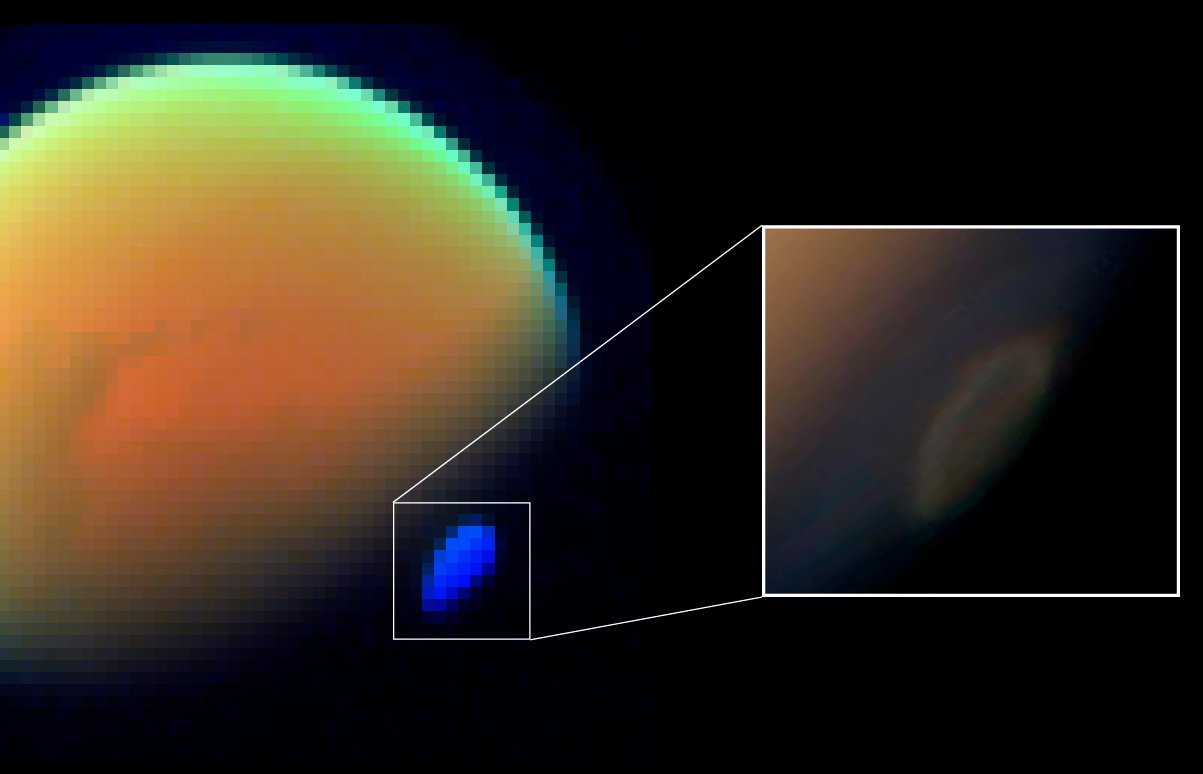
Here’s the surprise that always stops people: Titan’s atmosphere is denser than Earth’s, even though Titan is larger than our Moon and far colder than Antarctica in winter. Stand on Titan and the air would press gently but noticeably on your suit, roughly about one and a half times Earth’s surface pressure. That pressure teams up with cold temperatures to slow evaporation, stack haze into layers, and carve riverbeds for methane instead of water. Nitrogen dominates both worlds, but while Earth’s nitrogen partners with oxygen, Titan pairs nitrogen with a few percent methane and a thick smog of complex organics.
Those organics – born when sunlight and energetic particles crack methane and nitrogen – snow down as tiny particles that build dunes and darken plains. The result is an alien yet orderly system where familiar physics writes a very different script.
From Ancient Tools to Modern Science

For decades, Titan was a peach-colored blob in backyard telescopes, intriguing but mute. Spectroscopy mid‑century revealed methane in its air, hinting at chemistry that Earth lost long ago when oxygen rose and oxidized early organics. Fast‑forward to flybys and a parachuting lander that tasted the atmosphere on the way down and touched a pebbly, hydrocarbon-stained surface. Radar mapped coastlines of lakes and seas at the poles, while infrared instruments peered through gaps in the haze to sketch continents and clouds.
In labs back on Earth, scientists recreated Titan-like atmospheres and watched “tholins” – sooty, tar-like organics – form out of simple gases, a gritty stand‑in for prebiotic materials. What emerged was a picture of a world that’s not just cold and distant, but dynamically alive with weather, seasons, and slow-burn chemistry.
Pressure, Light, and the Breathable Illusion

Titan’s thick air can feel like a trick: it’s comfortable to fly through yet utterly unbreathable. Oxygen is vanishingly scarce, replaced by nitrogen and methane, and the cold pins everything down close to minus two hundred and ninety degrees Fahrenheit. Sunlight out at Saturn’s orbit arrives feeble – roughly about one hundredth of Earth’s – then gets dimmed further by haze that acts like a planetary pair of sunglasses. That haze triggers an anti‑greenhouse effect, cooling the surface even as methane contributes a smaller greenhouse warming
A delicate tug‑of‑war Earth rarely experiences. On our planet, greenhouse gases and clouds dominate heat flow; on Titan, aerosols are the headline act, sculpting climate from the top down. I remember stepping out of a high‑altitude lab at dusk, the air thick and the light odd – Titan, I thought, must feel like permanent dusk turned into a physics experiment.
Methane Rain, Water Rain: Twin Weather Engines
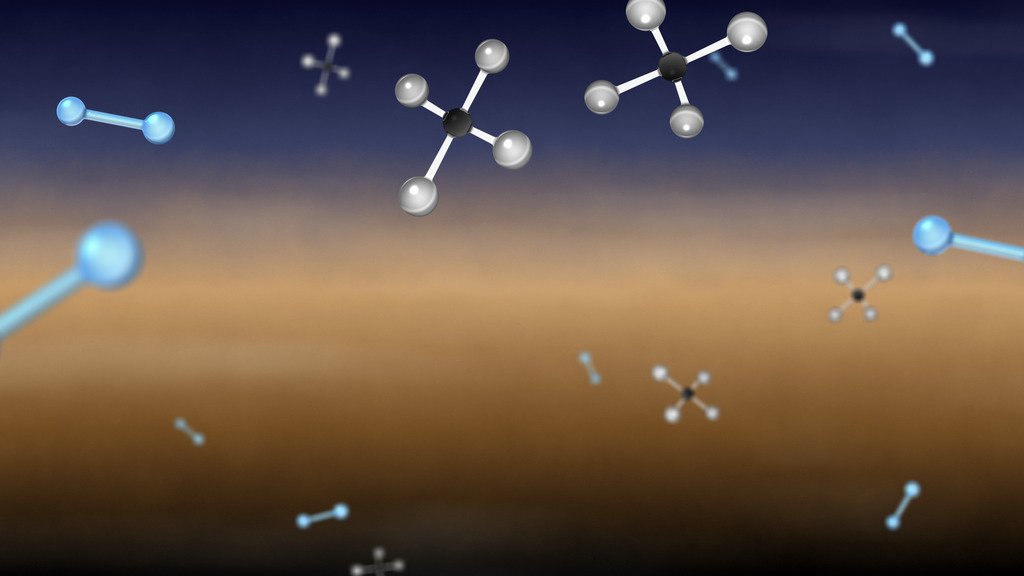
Methane Rain, Water Rain: Twin Weather Engines (image credits: Wikimedia)
Both worlds run hydrologic cycles, but the working fluid changes the rules. On Earth, water evaporates, forms clouds, and falls as rain that sculpts river deltas, nurtures forests, and fuels storms that can turn fierce. On Titan, methane plays water’s role, pooling in lakes and seas near the poles, with clouds and downpours that seem to gather when seasons shift. Dunes crowd Titan’s equator, shaped by winds that ferry organics across vast deserts of sand‑sized particles made from chemistry, not rock. Earth’s nitrogen makes up roughly four‑fifths of the air and oxygen nearly one‑fifth, with water vapor and trace greenhouse gases steering weather
Titan’s nitrogen reigns while methane’s few percent punches far above its weight. Comparing these cycles side by side reveals how a planet’s choice of solvent can redraw coastlines and climate from scratch.
Shaping Life’s Possibilities: Chemistry at Work

Cold doesn’t kill chemistry; it just slows the clock and nudges reactions in new directions. Titan’s upper atmosphere stitches together carbon- and nitrogen-bearing molecules that drift down like microscopic ash, a steady drizzle of ingredients that life on Earth once played with in a warmer kitchen. If liquid water ever appears – during impact melts, cryovolcanic episodes, or in a subsurface ocean – those organics could meet water long enough to form more complex products before freezing out. Earth’s biosphere thrives because liquid water is abundant at the surface; Titan’s recipe keeps the liquids mostly hidden or transient, turning habitability into a stop‑motion story.
That contrast matters to astrobiology: it widens our search image for where the steps toward life can happen. It also reminds us that prebiotic chemistry need not look like a warm pond – it can look like a slow snowstorm of organics over a frozen world.
Why It Matters
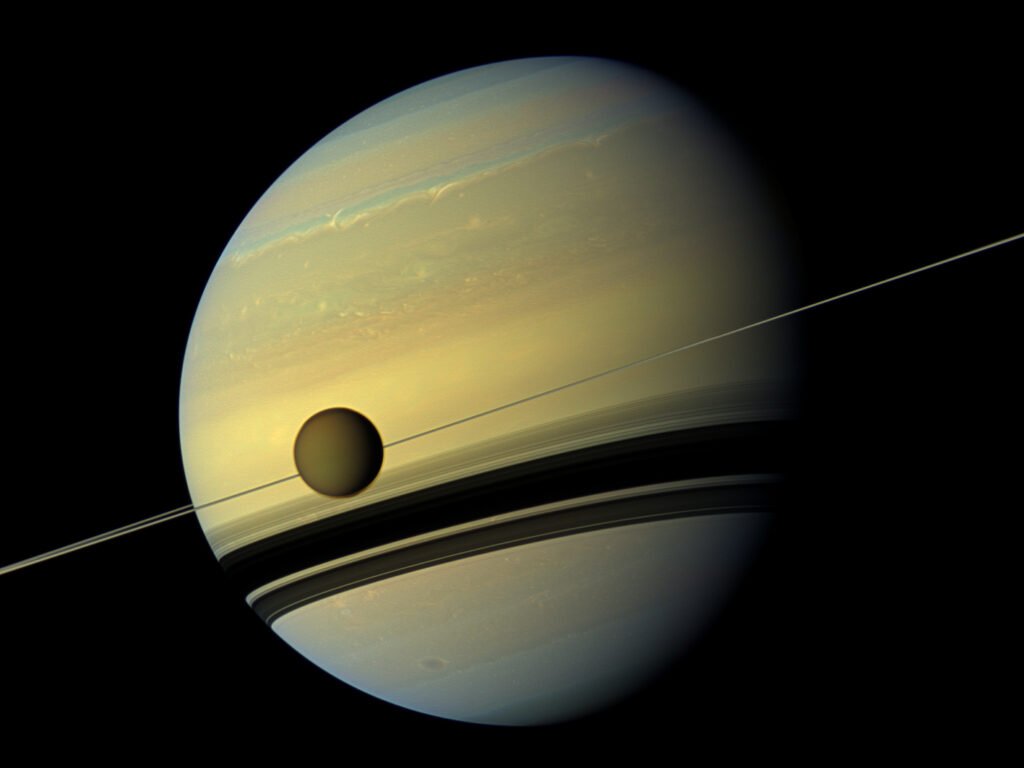
Why It Matters (Image credits: wikimedia)
Titan is a natural experiment run under conditions we can’t reproduce at planetary scale on Earth, and that makes it invaluable. Our climate models wrestle with aerosols, clouds, and feedbacks; Titan’s haze-dominated atmosphere stress‑tests those modules in an entirely different regime. Methane on Titan behaves like water on Earth, while methane on Earth is a powerful greenhouse gas we struggle to measure and manage – studying Titan sharpens both perspectives. Traditional Earth‑first thinking often treats other worlds as curiosities; Titan pushes back by offering parallel versions of familiar processes that expose what’s universal and what’s parochial.
Lessons about aerosol cooling, seasonal circulation, and surface‑atmosphere exchange translate directly into better tools for interpreting data here at home. In short, Titan helps us debug our atmospheric intuition, and that pays dividends for weather forecasting, climate planning, and environmental policy.
The Future Landscape
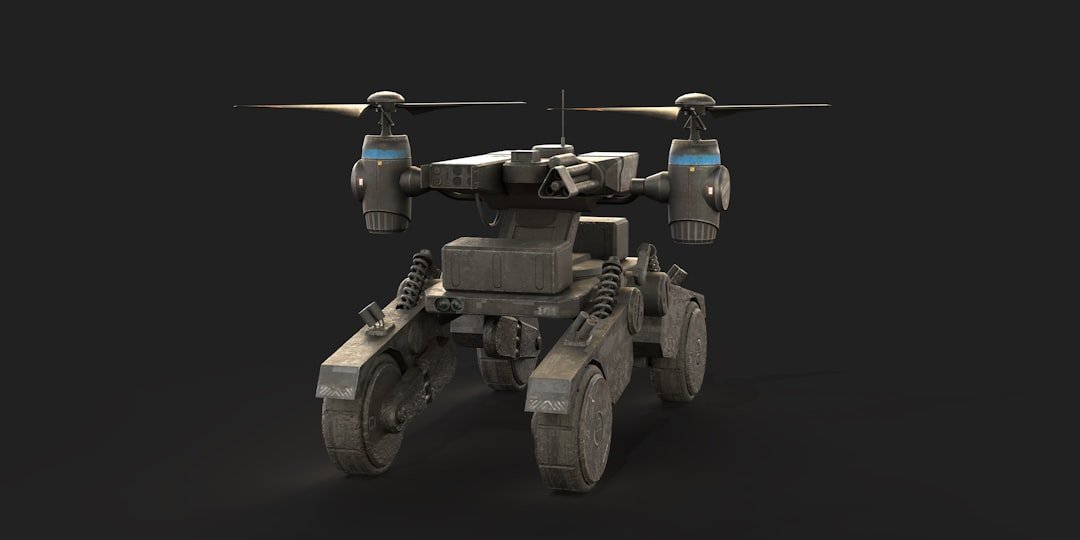
The next leap comes from rotorcraft exploration that will hop across Titan’s dunes and ancient impact sites in the 2030s, sampling air and surface as it goes. Dense air and low gravity make flying efficient, while frigid temperatures and distance challenge power, autonomy, and communications. Instruments will sniff for complex organics, measure isotopes that record atmospheric history, and take high‑resolution images that connect lab chemistry to real terrain. Earth-based telescopes and orbiting observatories will keep watch for storms, shoreline changes, and seasonal shifts, offering context for every touchdown.
The global implications extend beyond planetary science: breakthroughs in autonomous navigation, long‑life power systems, and robust environmental sensing will cascade into Earth applications, from disaster response drones to methane monitoring. If Titan keeps surprising us – and it will – expect our definitions of habitability, climate stability, and even weather to evolve.
Global Perspectives
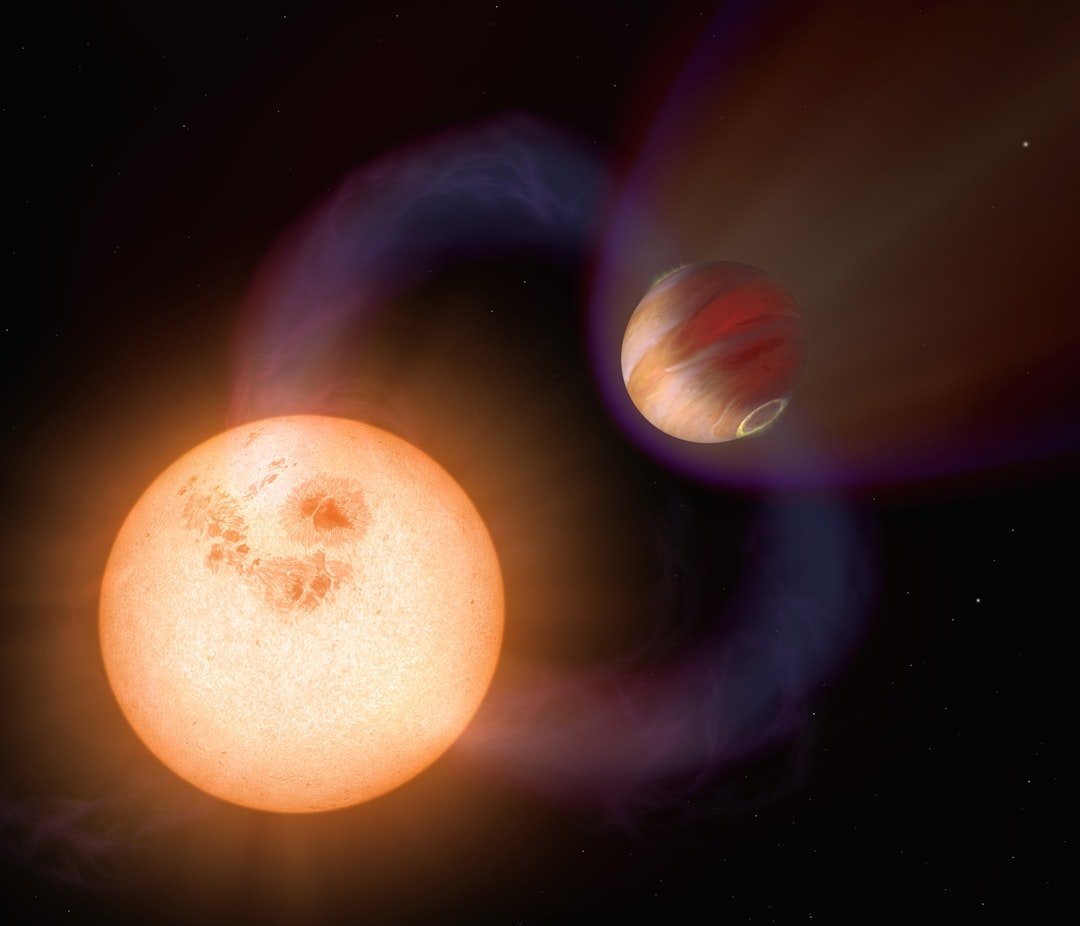
Titan has always been a team sport, with international missions, shared instruments, and open data turning a distant moon into a collaborative classroom. Space agencies bring complementary strengths – launchers, deep‑space radios, spectrometers – while universities and startups contribute software, autonomy, and fresh ideas. The policy angle is real: as nations set methane targets and debate aerosol impacts, Titan offers a politically neutral testbed for the physics driving those debates. Outreach matters too, because the public funded the probes that transformed Titan from a smudge into a mapped world with seas, storms, and seasons.
In classrooms, Titan connects chemistry sets to sky‑wide processes, turning abstract reaction networks into landscapes you can almost smell. And for communities grappling with extreme weather, the message is empowering: understand the rules of atmospheres anywhere, and you gain leverage everywhere.
Conclusion

Follow upcoming Titan mission updates, public seminars, and image releases, and share them with a student, neighbor, or your local library. Support research by backing university observatories, museum programs, or citizen‑science networks that track methane and aerosols here on Earth. If you work in tech, consider volunteering expertise in robotics, data science, or remote sensing to projects that test Titan‑relevant tools in deserts, lakes, or the Arctic. In daily life, choose actions that cut methane – from fixing leaky home appliances to supporting policies that curb emissions in agriculture and energy. Keep asking the big questions about how skies work, because curiosity is the spark that keeps missions flying and ideas growing. Ready to look up and rethink what an atmosphere can be?

Suhail Ahmed is a passionate digital professional and nature enthusiast with over 8 years of experience in content strategy, SEO, web development, and digital operations. Alongside his freelance journey, Suhail actively contributes to nature and wildlife platforms like Discover Wildlife, where he channels his curiosity for the planet into engaging, educational storytelling.
With a strong background in managing digital ecosystems — from ecommerce stores and WordPress websites to social media and automation — Suhail merges technical precision with creative insight. His content reflects a rare balance: SEO-friendly yet deeply human, data-informed yet emotionally resonant.
Driven by a love for discovery and storytelling, Suhail believes in using digital platforms to amplify causes that matter — especially those protecting Earth’s biodiversity and inspiring sustainable living. Whether he’s managing online projects or crafting wildlife content, his goal remains the same: to inform, inspire, and leave a positive digital footprint.

